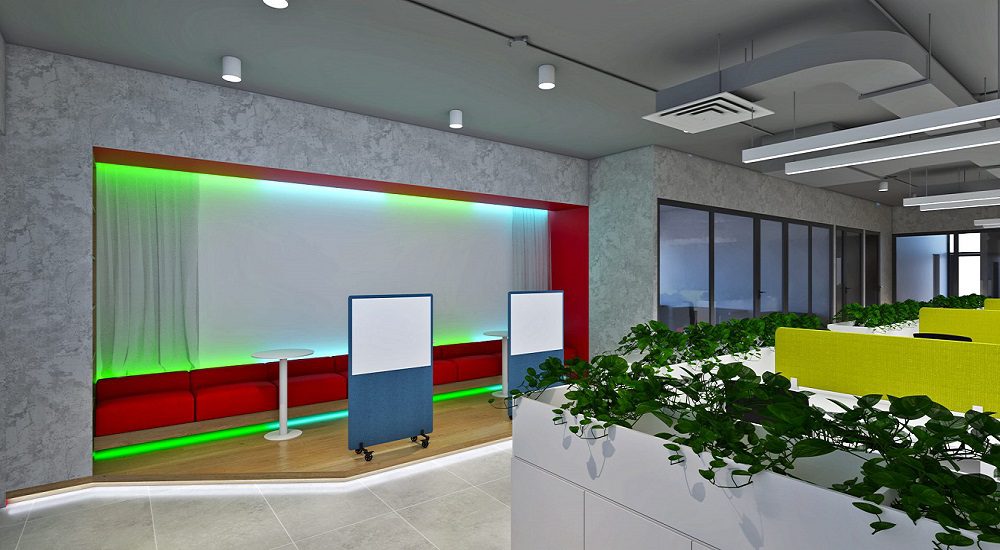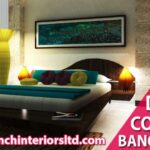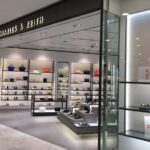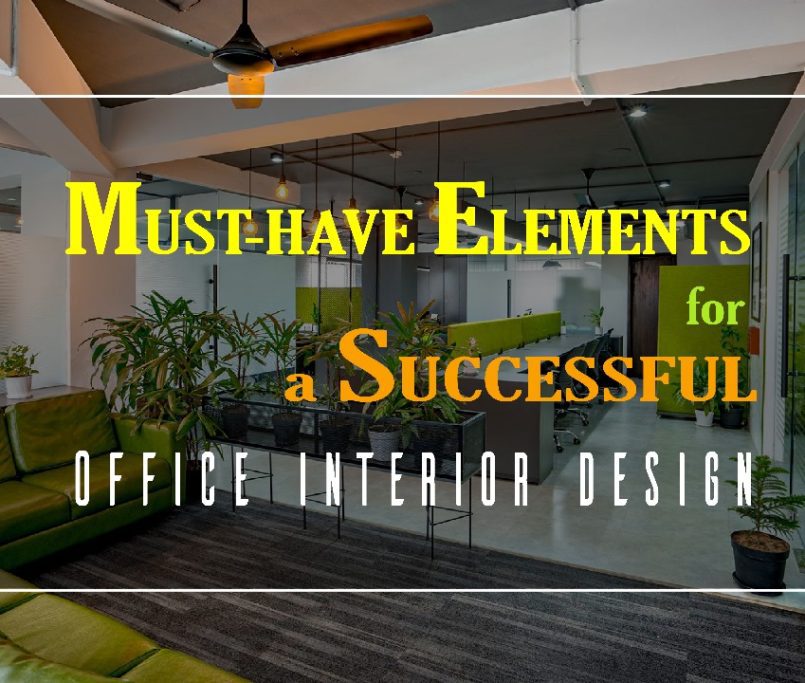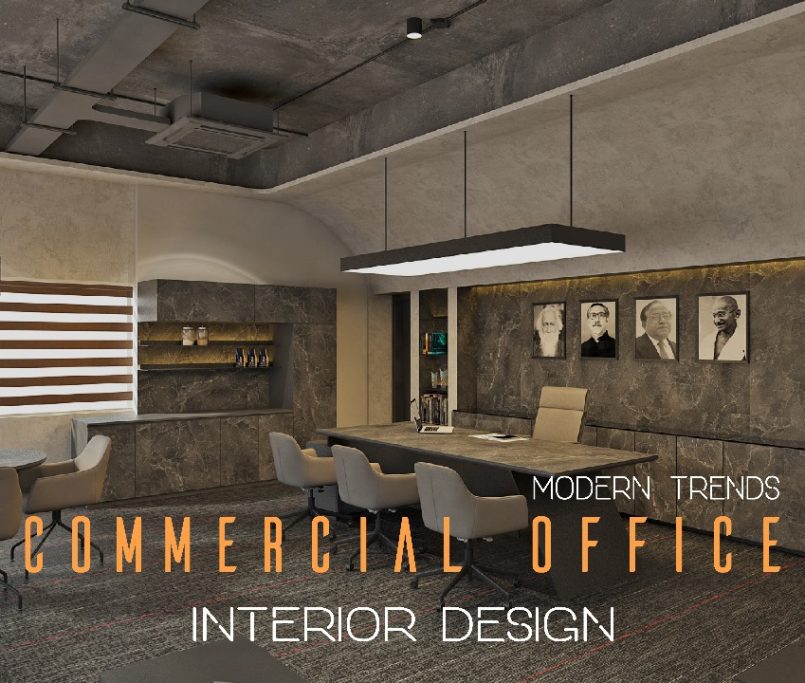Office Interior Design Company in Bangladesh
Office Interior Design Company plays a crucial role in shaping the work environment, influencing productivity, employee satisfaction, and brand image. It involves the strategic arrangement of physical elements within a workspace to optimize functionality and aesthetics.
A well-designed office layout can significantly impact employee productivity. By optimizing space, minimizing distractions, and providing ergonomic furniture, employees can work more efficiently, leading to better overall productivity.
There are several notable office interior design companies in Bangladesh that offer comprehensive services to enhance workspaces.
Here are a few:
- Zero Inch Interiors Ltd.
- Known for creative and functional designs.
- Website: www.zeroinchinteriorsltd.com
- Interior Studio
- Specializes in modern and contemporary office designs.
- Website: interiorstudio.com.bd
- Inspace Architects & Engineers
- Offers innovative and sustainable design solutions.
- Website: inspacebd.com
- DM Interior Studio
- Provides customized office design services.
- Website: dminteriorstudio.com
- Living Space Architects
- Focuses on efficient and aesthetically pleasing designs.
- Website: livingspace.com.bd
These corporate interior design companies are well-regarded for their expertise and ability to transform
office interior dhaka working spaces into productive and visually appealing environments.
Reflects Brand Identity
The corporate interior design firms of an office space should reflect the company’s brand identity and values. From color schemes to furniture choices, every aspect should align with the brand’s image, creating a cohesive and memorable environment for employees and visitors.
Boosts Employee Morale
A thoughtfully designed office can boost employee morale and satisfaction. Comfortable workspaces, natural lighting, and areas for relaxation can contribute to a positive work atmosphere, fostering creativity, collaboration, and job satisfaction.
Office Interior Design: Creating Inspiring Workspaces
corporate office interior design incorporates elements of nature into the workplace to enhance well-being and connection to the environment. Features such as indoor plants, natural materials, and views of green spaces can reduce stress and increase productivity.
Flexible Workspaces
Flexible workspaces accommodate a variety of work styles and preferences, including hot desking, remote work, and activity-based settings. They empower employees to choose the most suitable environment for their tasks, improving satisfaction and efficiency.
Sustainability
Business office interior design sustainable design practices, such as energy-efficient lighting, recycled materials, and eco-friendly furniture, minimize environmental impact and promote corporate office social responsibility. Green certifications like LEED can further demonstrate a company’s commitment to sustainability.
Technology Integration
Integrating technology seamlessly into the office environment enhances connectivity, communication, and collaboration. From smart lighting and digital displays to cloud-based productivity tools, technology plays a crucial role in modern workplace design.
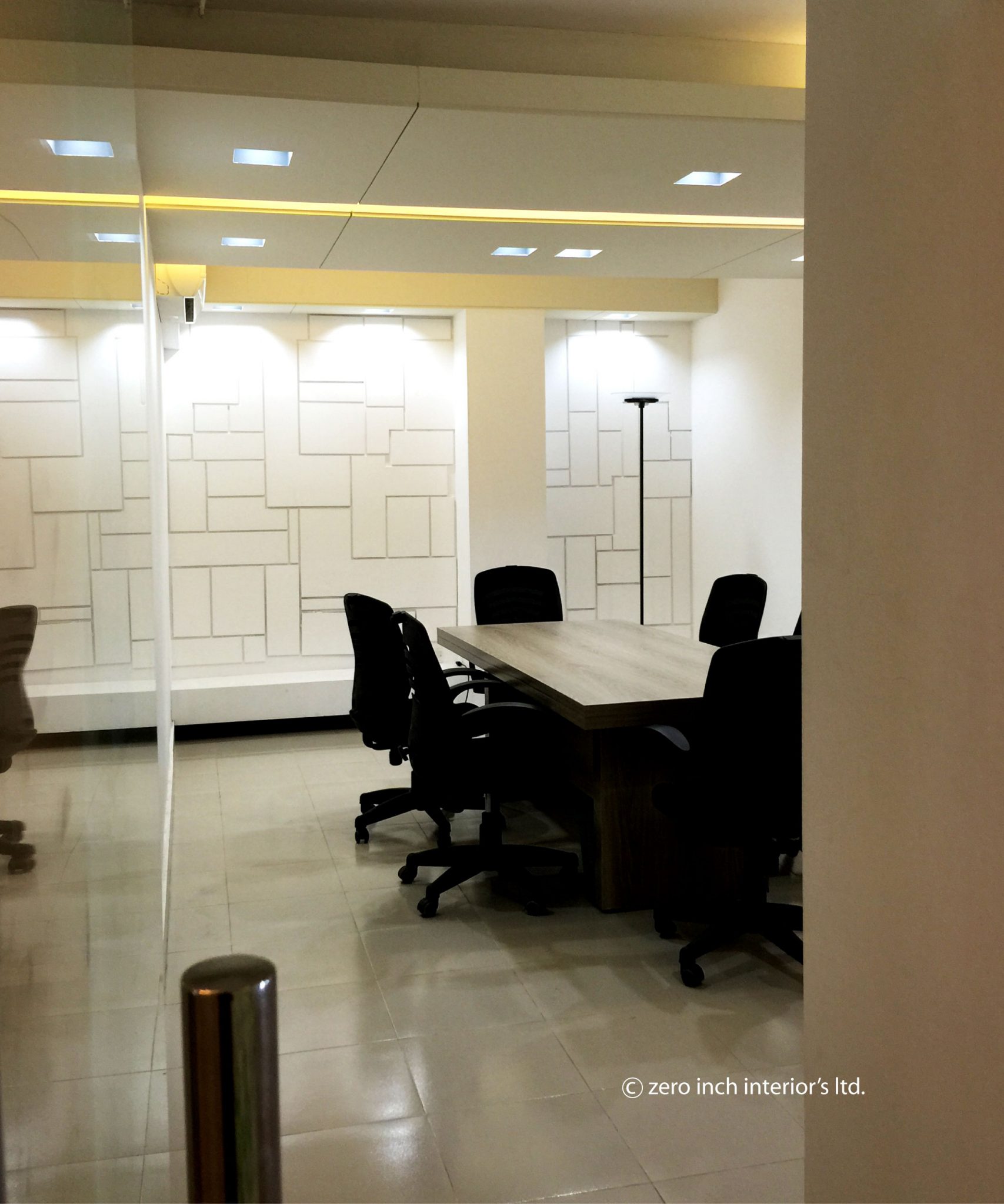
Work-flow- The space planning of an office by keeping in mind the pre-dominant work-flow requirements is perhaps the best design approach. Only by providing a schematic study of the work-flow & the spaces required to fulfill those purposes, the lay-out can be rationally developed.
Straight-line principle- In a properly designed office, work should progress in a series of straight lines, thus avoiding haphazard movements. Paper work should go from one desk to the other, without much travelling, delay or unnecessary handling. But a straight-line layout cannot be provided for headquarters or departmental head offices.
Work-stations- A well-planned work-station mainly depends on the furniture & equipment arrangement. The interior needs to be well solved. The following rules are vital for a good work-station-
+ Desks should almost always be oriented in the same direction, thus ensuring easy communications & creating a neat & attractive ambience.
+ In non-private areas, desks should be placed in rows of two.Partitions or dividers could be used for privacy, in this case.
+ In private offices, the desks should be placed in such a way, so that it provides a direct view of the door of the cabin.
+ For open work areas, the supervisor’s desk should be adjacent to the secretary or receptionist. Supervising work station must not be through the general work-station.
+ Employees who are constantly in contact with outsiders or visitors– their desks must be placed very close to the entrance or waiting lobby.
The concept of “executive core”- This concept or design technique provides most of the private offices in the core area & provides the remaining space along the periphery of the building for others. The service core is placed centrally & a few access corridors are projected from it, which leads to the private offices.
Circulation- These are the spaces that provide ingress & egress to work stations. There are a few rules, regarding the circulation in any office-
+ Main aisles that lead to the main exit, with significant traffic must be 5’ wide.
+ Intermediate aisles-that does not have much traffic flow must be 4’ wide.
+ Secondary aisles- between desks should be 3’ wide.
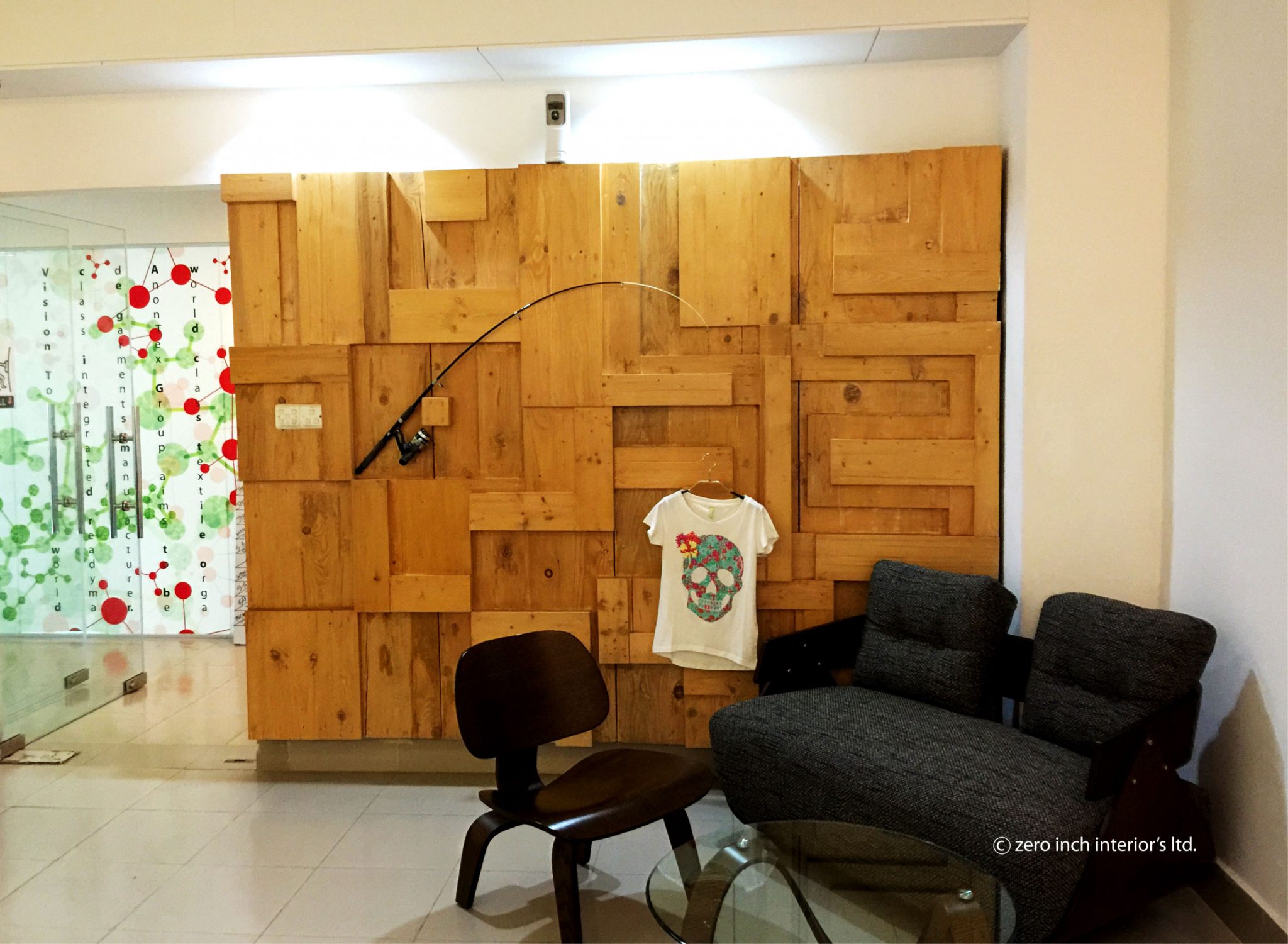
Work-stations in private or semi-private offices-The different lay-out options are shown bellow-

Fig.1a
Fig.1b
The work-station type A as shown in fig.1a, is for the lower circle employees, it has limited storage capacity & partial visual privacy. The type B as shown in fig.2, is a non-automated desk, with also fragile visual work privacy & limited storage.
Fig.1c
Fig.1d
The work-station type C, is a 2-person shared desk. It is quite economical & saves a lot of space. It is assigned to people with shared or group task. The work-station type D is also for group work, but with individual EDP equipment. Both these type of work-stations have limited storage & not-so-great visual privacy.
Fig.1e
Fig.1f
The workstation type E has EDP equipment & visual privacy but less storage capacity, whereas the work-station type F also has ADP equipment as secondary tool, limited storage capacity & very limited conferencing ability for shared tasks, but full visual privacy. It also allows for one guest chair. The workstation type G, as shown in fig.1g, allows proper space for entertaining guests up to two people. It allows EDP equipment as a means of secondary tool. Has good storage capacity, with full visual privacy.
Fig.1g
Fig.1h
Fig.1i
The work station type H allows extensive sharing task, with great conference capabilities., accommodates guests & DP equipment as a secondary tool & has a great storage capacity, with full visual privacy. The work-station type is more suitable for accommodating guests, has ADP equipment facility , proper storage capacity & visual privacy.
Fig.2
The work stations shown in fig.2, have customized double pedestal desk, credenza, proper guest area 7 in type k & l, there are 2 or 3-seat sofas, coffee table for entertaining guests, end table 7 even a lounge area. These kind of work-station areas have both private & semi-private zones & are suitable for really large corporate offices.
Conference rooms-
The different arrangements of the conference rooms are shown bellow in fig.3. The conference areas need to be either centrally located or it should be adjacent to a top executive room. It is advantageous not to place the conference room at the perimeter of the building. This eliminates outside distraction & also helps avoiding the problem of covering windows, during visual presentation. The conference areas can also be used auxiliary office area for important visitors. It is advisable to allow extra conferencing areas for convenience but the architect needs to first utilize the existing ones before recommending other new conferencing areas.
Office Interior Design Company in Bangladesh
Here are some renowned corporate interior design firms that are known for their excellence in designing office spaces:
These firms have a strong portfolio of successful projects and are well-regarded in the industry for their ability to transform corporate spaces into productive, efficient, and aesthetically pleasing environments.
Fig.3 conference room arrangements.
Planning approaches- There two basic planning approaches available for office planning- closed plan, where full-height walls or partitions divide the space, forming closed working areas & then there is the open plan, where the work-stations are out in the open, with no floor to ceiling partitions.
Closed plan concept-
Advantages- This kind of planning allows,
– controlled environment,
– visual privacy & security,
-traditional & systems furniture application &
– physical separation.
Disadvantages- Some of the setbacks for this type of planning include,
– lack of flexibility,
– less efficiency than open plan.
– Restricted shared tasks & even individual & group interaction views.
– Relocation costs
– More extensive mechanical system required for ventilation.
An open plan concept-
Advantages- This type of planning allows for the following advantages-
-Easy communication
-Efficiency of proper space utilization
-Lower cost of life-cycle
-Greater planning flexibility views.
Disadvantages- The following set-backs make it harder for the designer,
-Higher initial cost
-Less environmental control
-Visual privacy
Apart from these two, the is another planning approach, known as the modified open plan. In this approach, the features of both open & closed plan are compiled together, by placing certain locations in open plan & others in private office interior design in dhaka.
This kind of plan, even the support spaces are placed in enclosed rooms.
Other features of a office include- Study booth, Work lounge (lounge for working with collaboration with others), Touchdown area ( open work space for 1 person for short-term activities), meeting spaces & brainstorm room for workshops & idea-generating sessions. For recreational purposes, an office should have pantry area-for beverage & snacks, break area- for taking a break from work, library-with books, journals & magazines & games area-with computer games, pools & darts. This features are suitable for really large offices or corporate conglomerates.
OOL (Open office landscaping)- The main feature of OOL is free spaces, that does not contain conventional walls, corridors, private offices or straight-line passages between desk & office equipment. The spaces are rather divided into clusters & the separate or individual work stations are delineated by high, medium, or low screens, cabinets, plants, bookshelves, modular furniture & fixture, that reduces noise pollution & promotes efficient working styles. Considerations such as lighting, acoustics, noise reduction, custom designed furniture, the use of color & decorations, such as plants, statues, paintings are vital for OOL.

